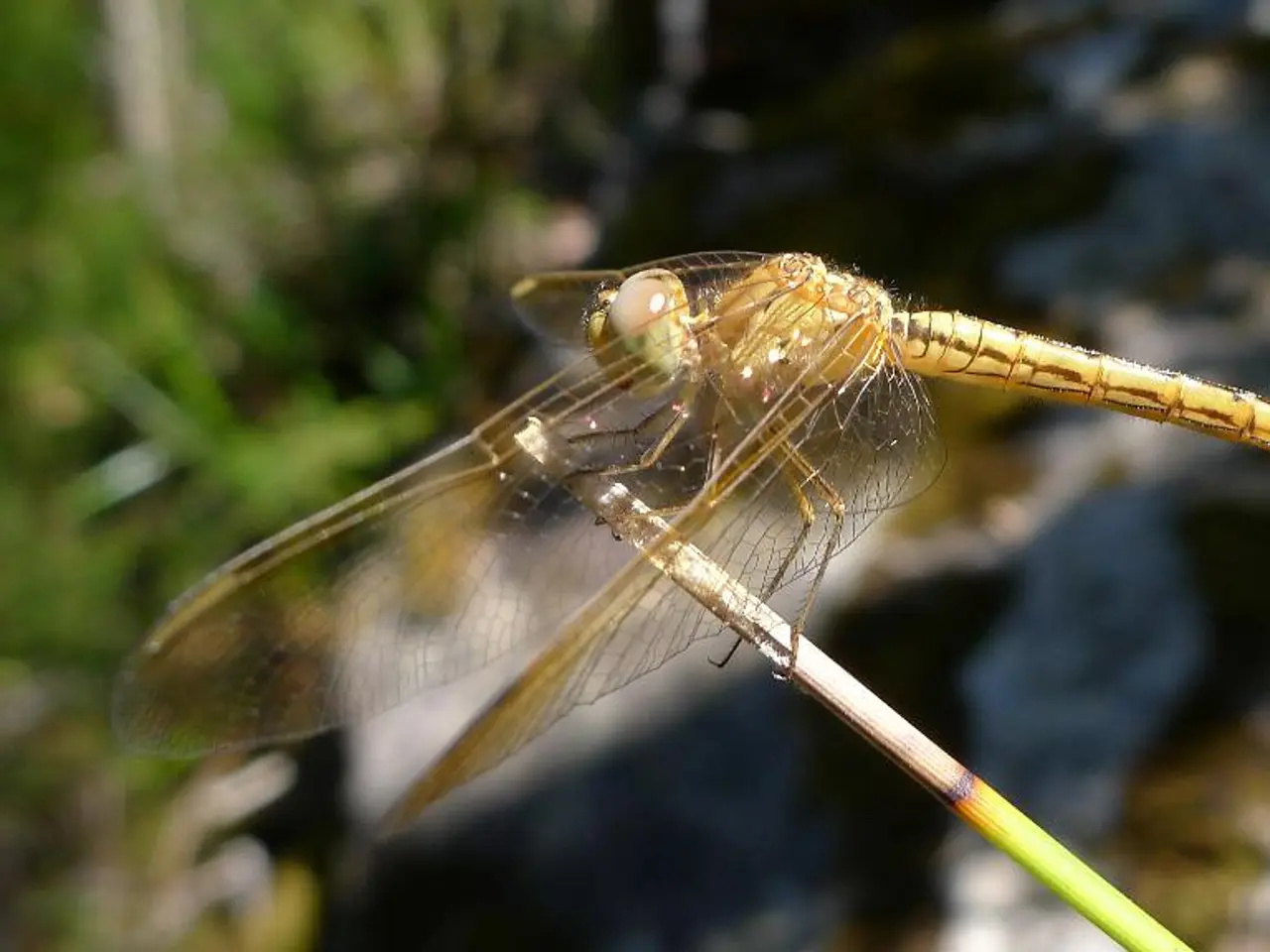Brain Cyst Removal: Exploring Arachnoid, Pineal, and Other Cyst Types
In the complex labyrinth of the human brain, cysts - fluid-filled sacs - can sometimes form, each with distinct characteristics and potential impacts on health. Here's a guide to the six main types of brain cysts, their causes, symptoms, and treatments.
1. **Arachnoid Cysts** - Cause: Congenital membranes filled with cerebrospinal fluid (CSF), located between the brain and the arachnoid membrane layer, usually present from birth. - Symptoms: Many are asymptomatic. When symptomatic, symptoms depend on cyst size and location, causing neurological problems such as headaches, seizures, or pressure effects. - Treatment: Usually only treated if symptomatic. Options include surgical placement of a cerebral shunt (to relieve pressure) or surgical drainage by fenestration (creating a window in the cyst membrane).
2. **Pineal Cysts** - Cause: Typically benign cysts in the pineal gland, possibly congenital or developmental in origin. - Symptoms: Often asymptomatic, but when large, can cause headaches, vision problems, or hydrocephalus due to obstruction of cerebrospinal fluid pathways. - Treatment: Observation if asymptomatic; surgical removal if symptomatic or causing hydrocephalus.
3. **Colloid Cysts** - Cause: Benign cysts located in the anterior third ventricle, containing gelatinous material. - Symptoms: Can cause headaches, memory problems, and symptoms of increased intracranial pressure due to blockage of CSF flow. - Treatment: Surgical removal is typically performed for symptomatic cysts to relieve obstruction.
4. **Dermoid Cysts** - Cause: Congenital cysts resulting from inclusion of ectodermal elements during neural tube closure. - Symptoms: May cause seizures, headaches, or neurological deficits if they rupture or compress brain tissue. - Treatment: Surgical excision if symptomatic.
5. **Epidermoid Cysts** - Cause: Arise from ectodermal remnants during embryonic development; filled with keratin debris. - Symptoms: Slowly growing cysts that may cause cranial nerve deficits, headaches, or seizures due to mass effect. - Treatment: Surgical removal when symptomatic.
6. **Neoplastic Cysts** - Cause: Cysts associated with brain tumors, formed by tumour growth or degeneration. - Symptoms: Vary widely depending on tumour type, size, and location; may include headaches, seizures, vision changes, memory loss, and neurological deficits. - Treatment: Typically involves a combination of surgical removal, radiation therapy, chemotherapy, targeted therapy, or immunotherapy, customized to tumour type and patient status.
In most cases, cysts, especially cysts in the brain, are congenital. Most doctors will use surgery to remove dermoid cysts soon after birth. If you require detailed diagnostic imaging or prognosis for specific cyst types, consult with a healthcare professional.
[1] "Arachnoid cyst." RadiologyInfo.org. Radiological Society of North America, n.d. Web. 30 Mar. 2023. [2] "Brain Tumour Treatment." National Health Service (NHS). UK Government, 13 Mar. 2023. Web. 30 Mar. 2023. [3] "Brain Tumor Treatment." American Cancer Society. American Cancer Society, 19 Jan. 2023. Web. 30 Mar. 2023. [4] "Brain Tumor Treatment." Mayo Clinic. Mayo Foundation for Medical Education and Research, 14 Mar. 2023. Web. 30 Mar. 2023.
1.Arachnoid cysts are usually present from birth, occurring due to congenital membranes filled with cerebrospinal fluid (CSF), situated between the brain and the arachnoid membrane layer.
- Dermoid cysts, often requiring surgery soon after birth by doctors, are congenital cysts resulting from ectodermal elements during neural tube closure.
- Brain tumors may develop neoplastic cysts through tumor growth or degeneration, and treatment for these complex medical conditions often involves a combination of surgical removal, radiation therapy, chemotherapy, targeted therapy, or immunotherapy.
- To better understand specific brain cyst types and their prognosis, it's recommended to consult with a healthcare professional for detailed diagnostic imaging.
- Epidermoid cysts, slow-growing cysts filled with keratin debris, may cause cranial nerve deficits, headaches, or seizures due to mass effect, necessitating surgical removal when symptomatic.




